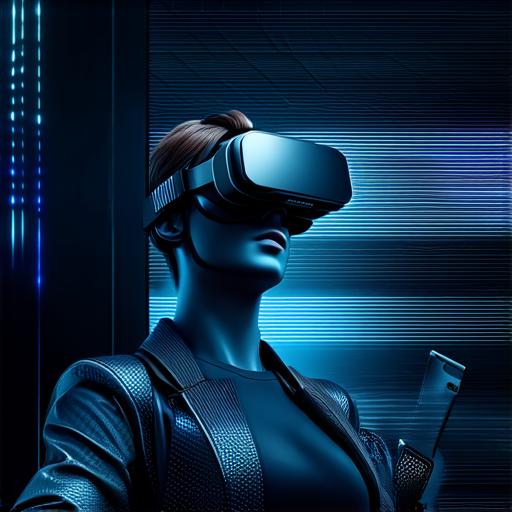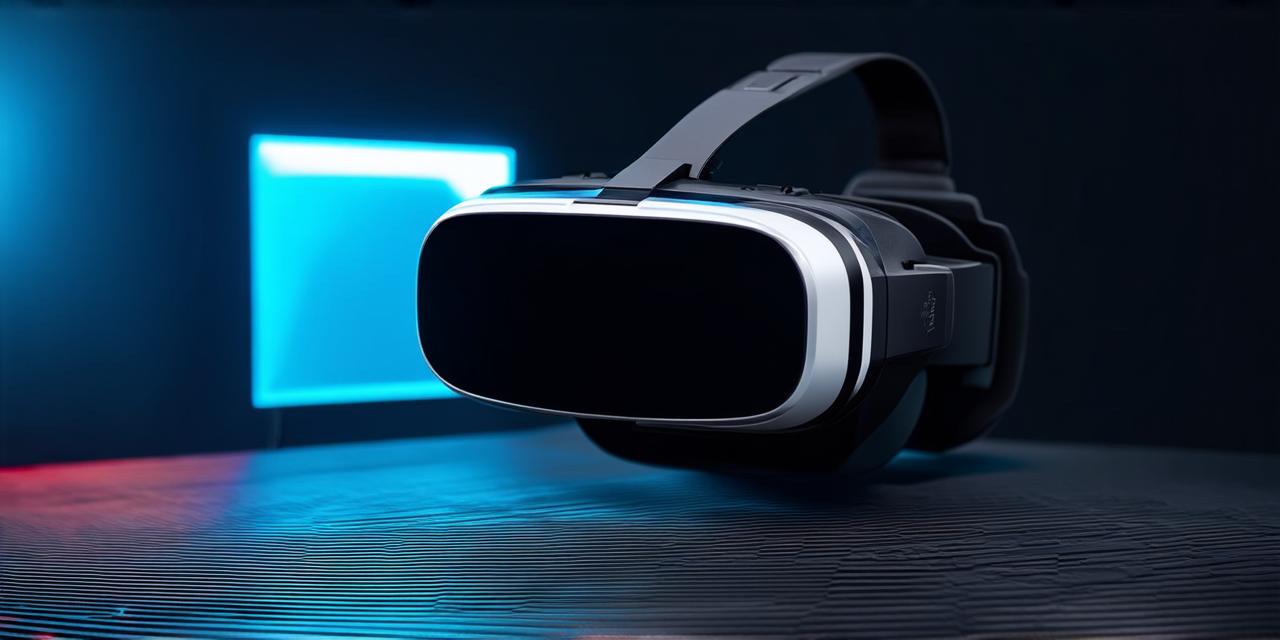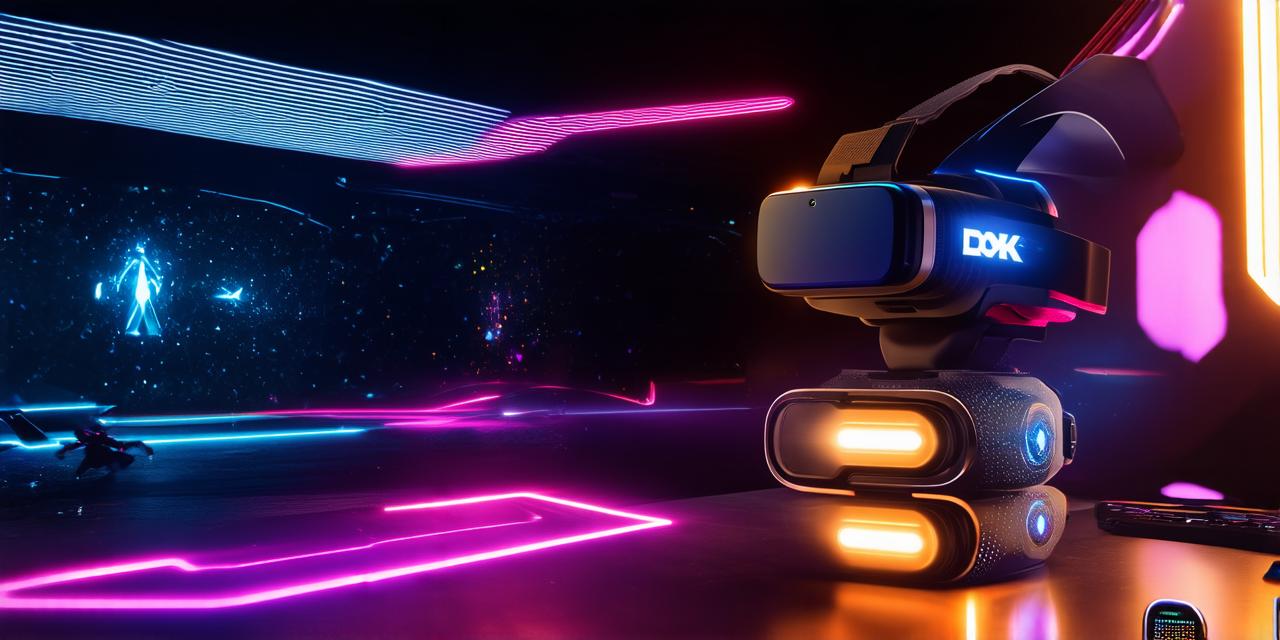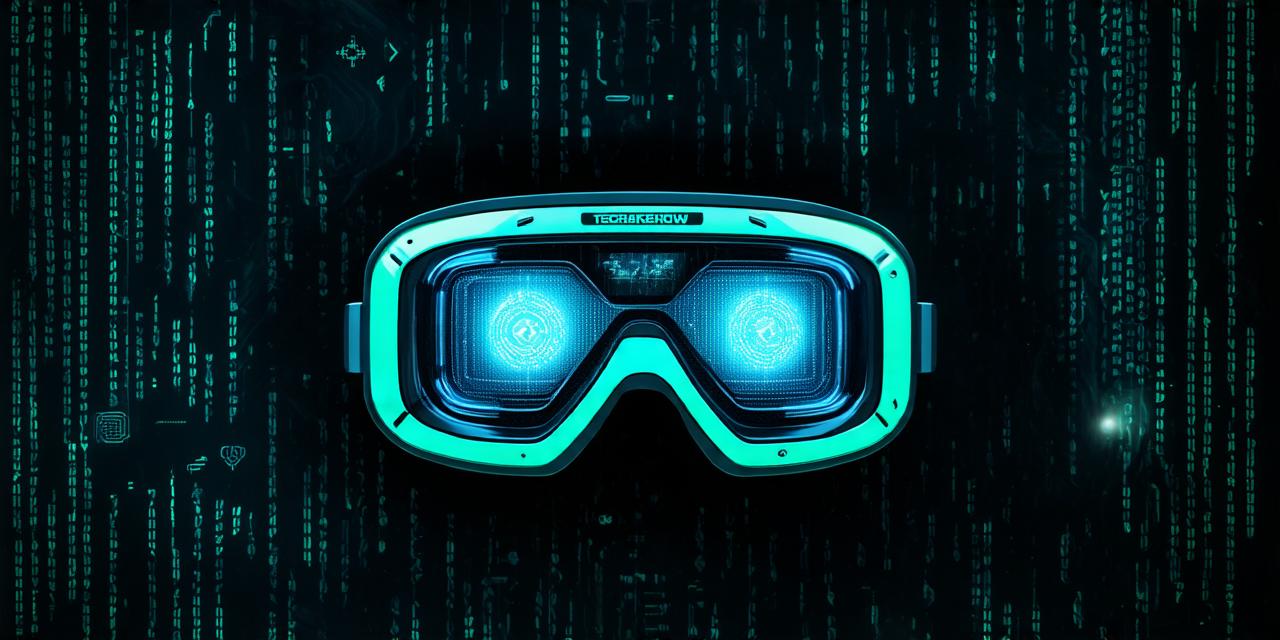Virtual reality (VR) has gained immense popularity in recent years, with applications ranging from gaming to healthcare and education. As an augmented reality (AR) developer, it’s essential to understand the precise definition of VR to leverage its potential effectively. In this article, we will explore what VR is, its features, and how AR developers can use it to enhance their projects.
Understanding Virtual Reality
Virtual reality refers to a computer-generated simulation that creates an immersive, interactive, and three-dimensional environment for the user. The VR headset, controllers, and sensors track the user’s movements in real-time, allowing them to experience the virtual world as if they were physically present.
The key features of VR include:
-
Immersive Environment: VR provides a fully immersive experience that transports the user into a virtual world. The headset blocks out the real world, creating a sense of presence and allowing the user to focus solely on the virtual environment.
-
Interactivity: VR is designed to be interactive, with users able to move and interact with objects within the virtual world. This interaction is facilitated by sensors and controllers that track the user’s movements.
-
Three-Dimensional World: VR creates a three-dimensional world that allows users to experience depth and perspective in a way that is not possible in traditional media.
-
Customization: VR offers extensive customization options, allowing developers to create unique and personalized experiences for their users.
How AR Developers Can Use Virtual Reality
AR developers can leverage the power of VR to enhance their projects by incorporating virtual elements into their AR applications. This approach is known as mixed reality (MR), which combines the real world with virtual elements to create a hybrid experience.
Some examples of how AR developers can use VR include:
-
Gaming: VR offers an immersive gaming experience that transports players into a virtual world, allowing them to interact with objects and characters in a way that is not possible in traditional gaming.
-
Training and Education: VR provides a safe and controlled environment for training and education, allowing users to practice skills and learn new concepts without the risk of injury or damage to real-world objects.
-
Healthcare: VR can be used in healthcare to create immersive simulations that allow doctors and patients to experience medical procedures in a safe and controlled environment.
-
Advertising and Marketing: VR can be used to create immersive advertising and marketing experiences that engage users and provide a unique perspective on products and services.

Expert Opinions on Virtual Reality
According to Dr. Richard Castillo, a computer scientist and VR expert, “Virtual reality is a powerful tool that has the potential to revolutionize many industries, including gaming, healthcare, and education.” He goes on to say that “VR offers an immersive experience that can help users understand complex concepts and improve their skills in a way that is not possible with traditional media.”
Another expert, Dr. Michael Waller, a professor of computer science at the University of Maryland, believes that “VR has the potential to transform how we interact with the world around us, allowing us to experience things in ways that were previously impossible.” He adds, “The future of VR is bright, and we can expect to see many exciting applications emerge in the coming years.”
Summary
In conclusion, virtual reality is a powerful tool that AR developers can use to enhance their projects. By leveraging the immersive, interactive, and three-dimensional nature of VR, developers can create unique and engaging experiences for their users. As Dr. Castillo and Dr. Waller suggest, the future of VR is bright, and we can expect to see many exciting applications emerge in the coming years.




